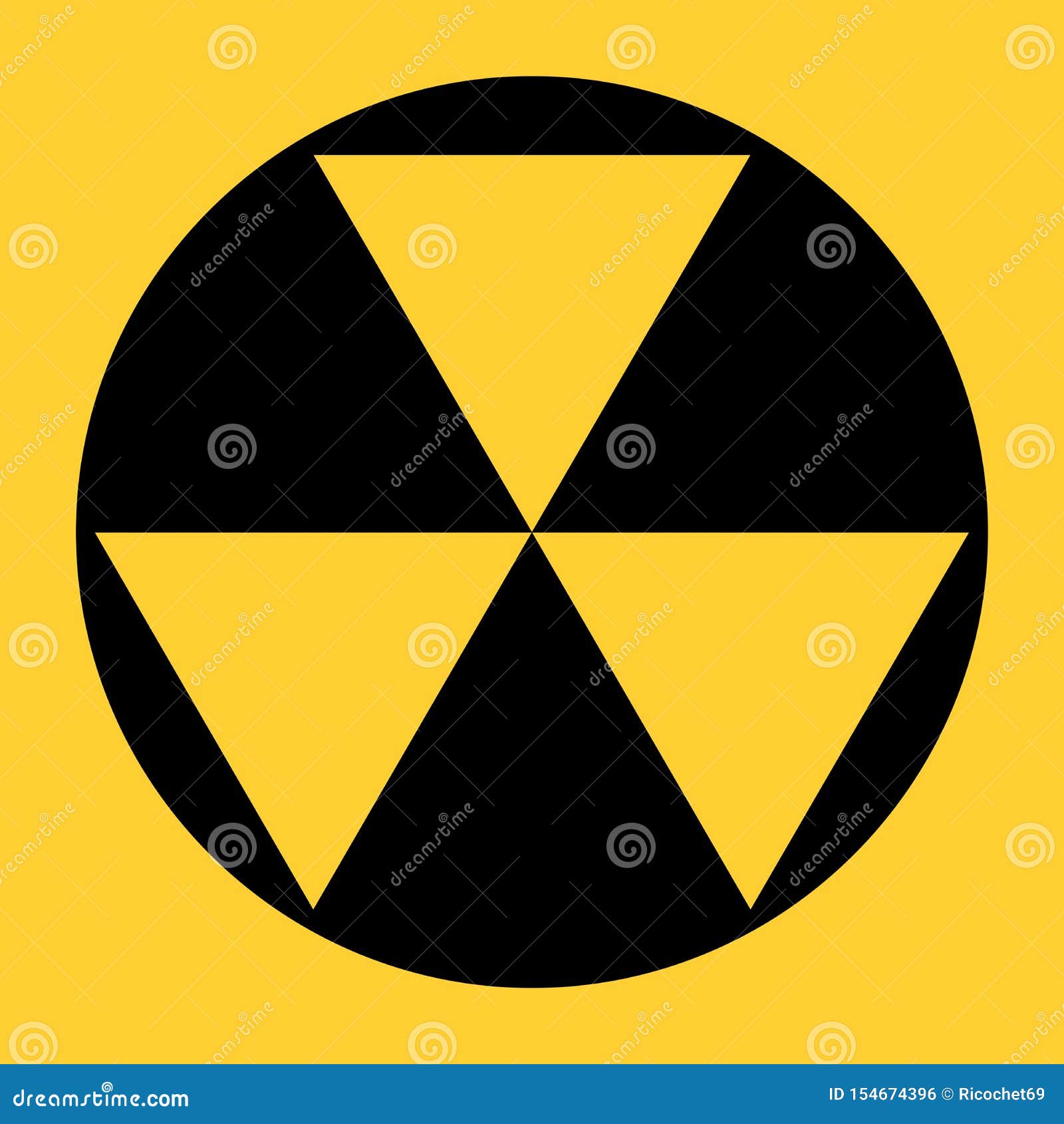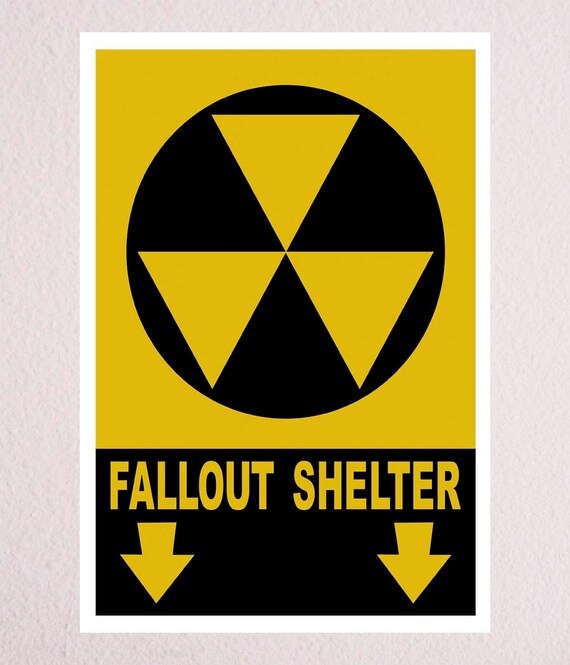



Diane Addams, who grew up in the Woodlawn neighborhood during the 1950s, remembers it as an anxious time. They were worried about two things: the actual blast of an atomic bomb, of course, but also its fallout - contaminated dust and debris kicked up into the air and rendered radioactive by a nuclear explosion.īig, industrial cities like Chicago were considered major targets for a possible nuclear attack. A lot of people from this era remember Bert the Turtle, who taught a generation of kids to “duck and cover” in the event of a bomb. Meanwhile the now-defunct Office of Civil & Defense Mobilization (commonly called Civil Defense) focused on preparing Americans for the unthinkable. Each country stockpiled tens of thousands of nuclear warheads in the decades following World War II, pursuing a strategy of “deterrence” by bulking up to discourage an attack. It feels distant to many people today, but for years the world was gripped with fears of a possible nuclear war between the Soviet Union and the United States. In fact, buildings that served as fallout shelters are often in places you might not expect. Still, these remnants of Cold War-era infrastructure do exist across the city. But they’re hardly the apocalypse-proof, fully-stocked bunkers that were once ready to weather a bomb blast and weeks-worth of radioactive fallout. We looked for one still standing, and we did find some old shelters. I was wondering if there were any nuclear fallout a nuclear blast shelters left in the city of Chicago or the area.īy some estimates there were hundreds of thousands of dedicated fallout shelters built in the 20 years following World War II. The symbol on the sign is familiar to Americans who lived through the Cold War: three yellow triangles circumscribed in a circle, pointing down. Fallout shelter, as in nuclear fallout following an atomic bomb blast.


 0 kommentar(er)
0 kommentar(er)
